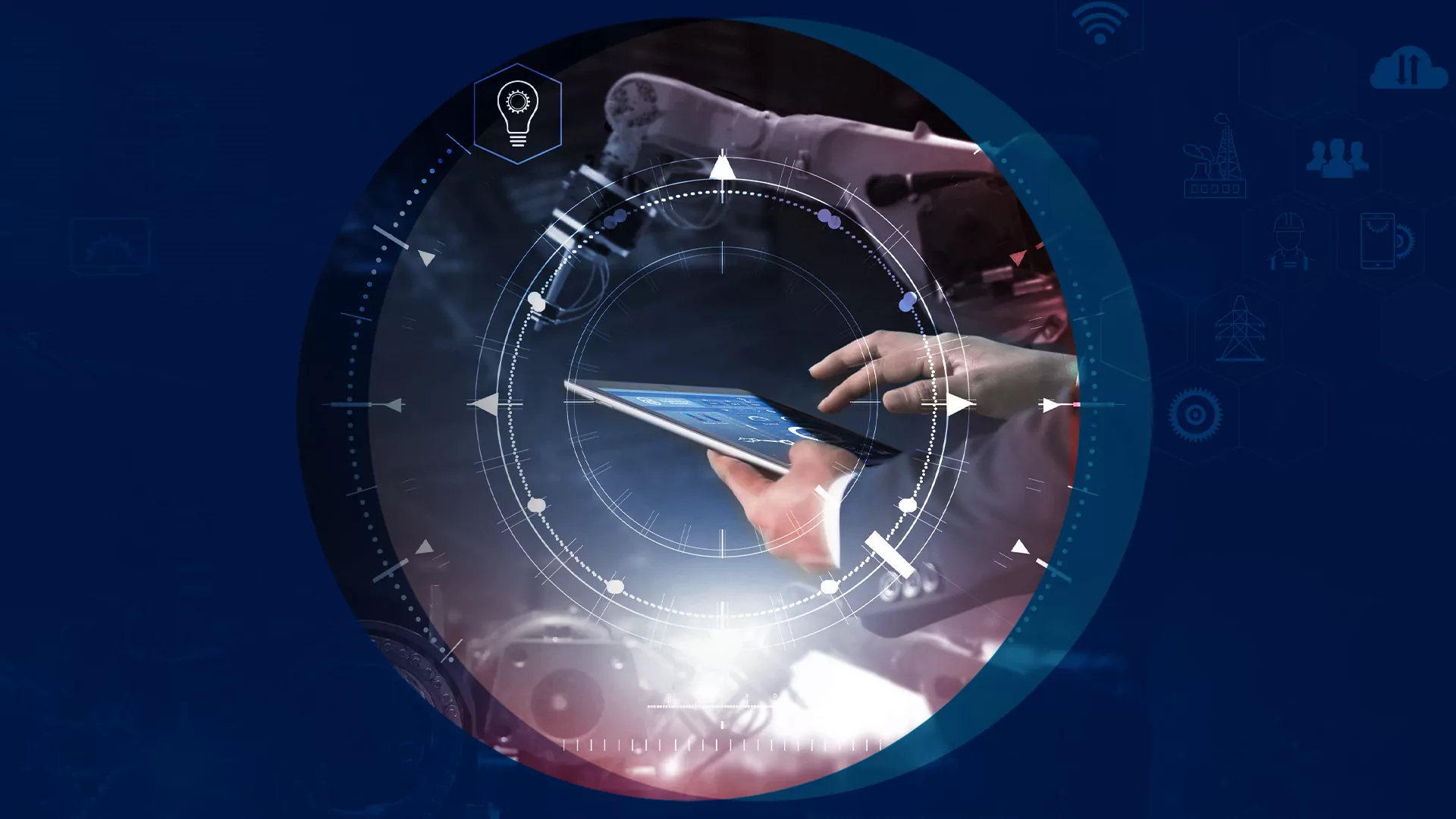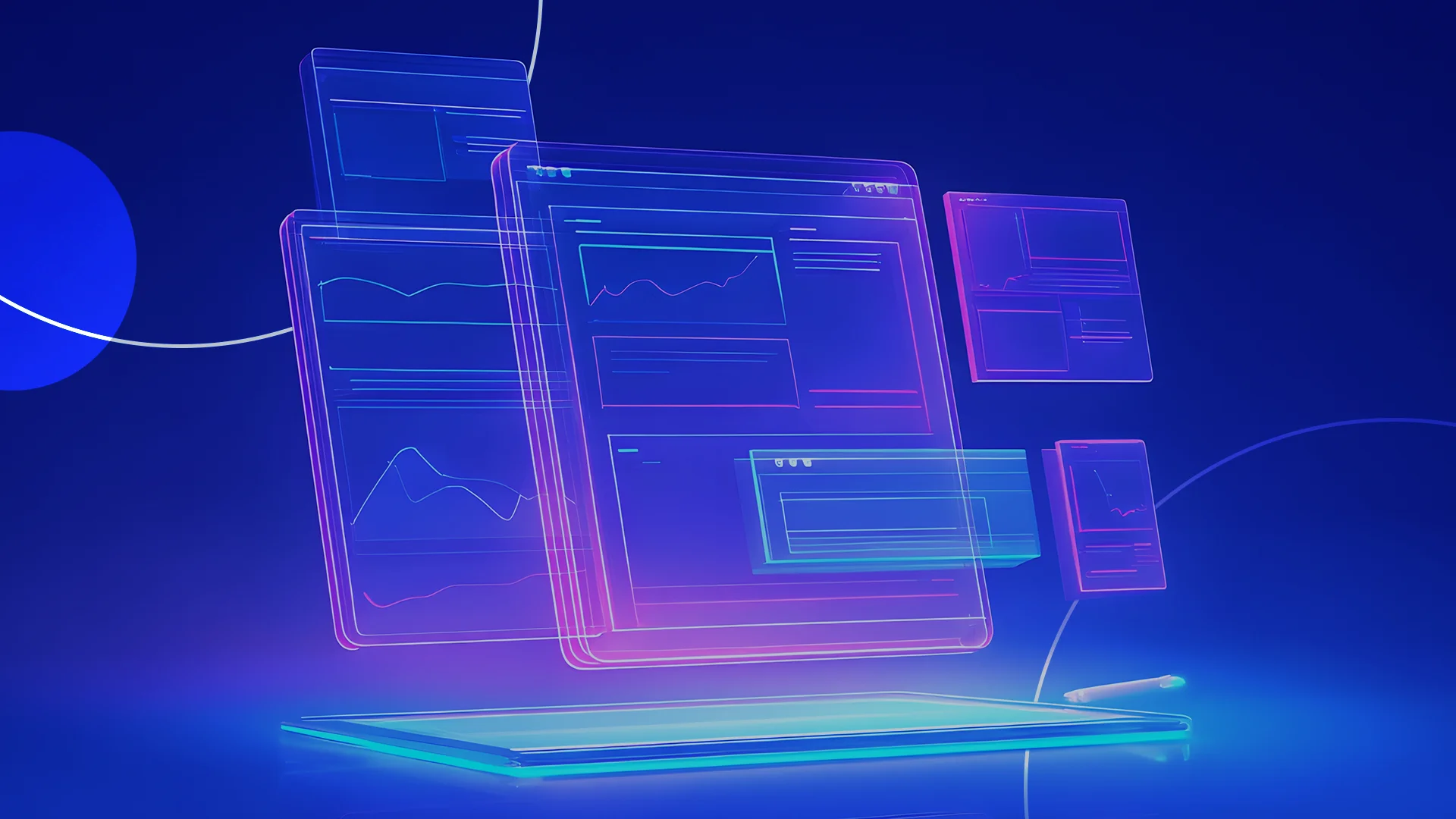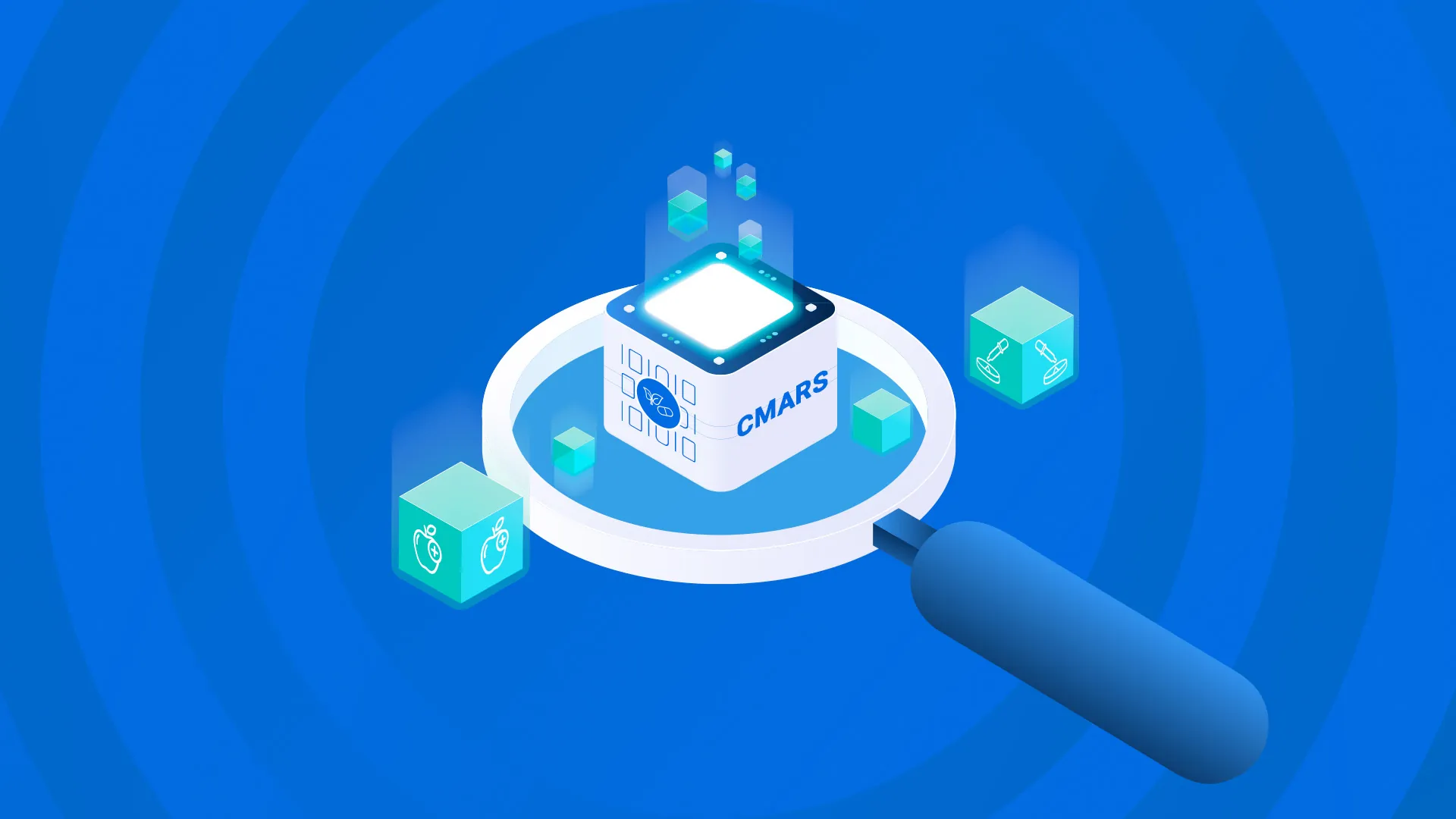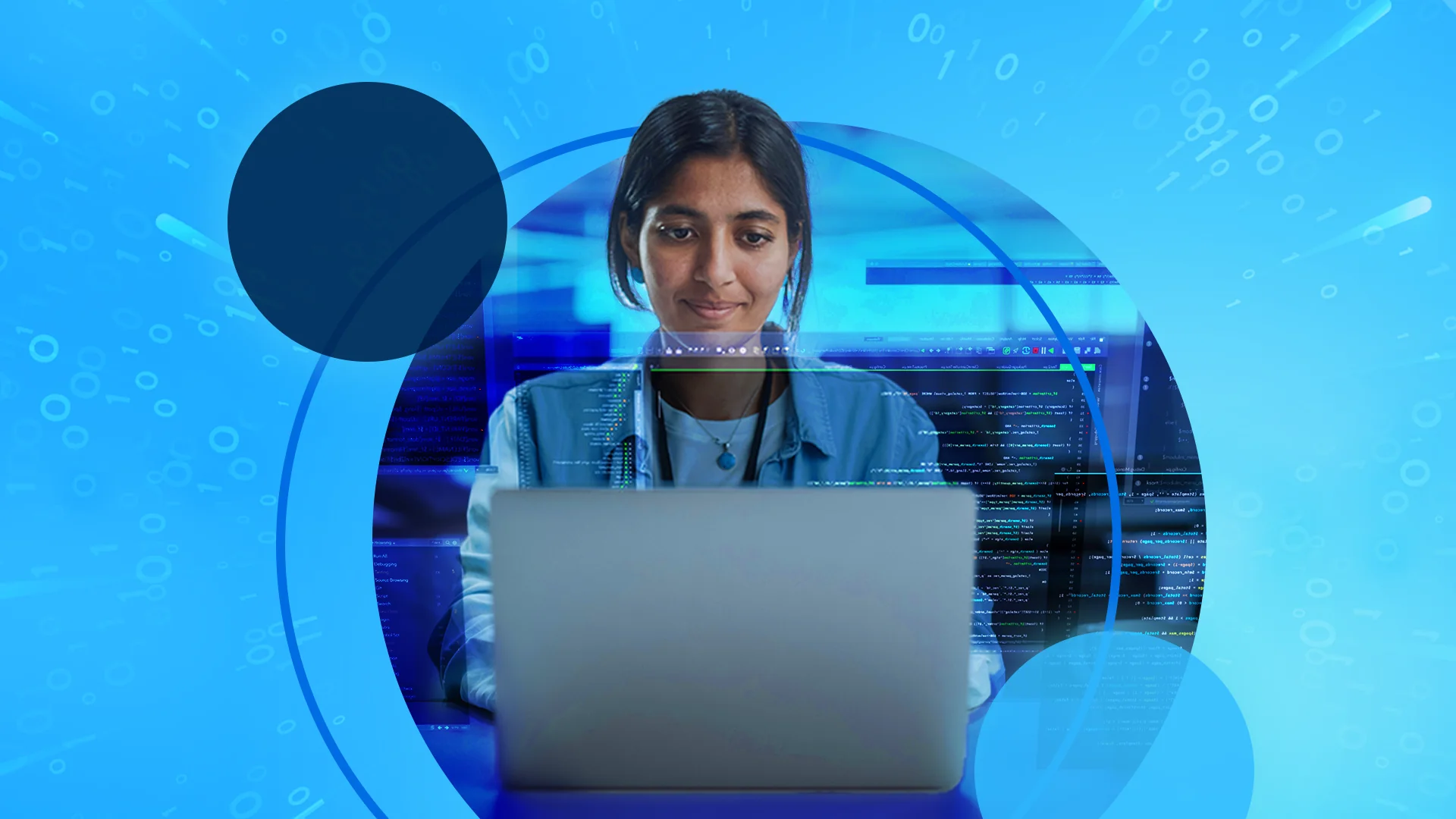By Shyam Salona and Jeff Myers
Government agencies and technologists are focused intensely on getting their work done (and mostly doing a good job of it). Our responsibility as a reliable, effective, and innovative IT partner to many government agencies is that we can step back and look toward the future, helping our customers prepare for it. Part 1 and Part 2 of this five-part blog series can be found here.
The third blog in this series will address Mid-Range opportunities suitable to be a focus in the 2-5 year range. The best-organized and managed agencies can and should spend some effort on these soon. Other agencies are only likely to push for these within a longer year horizon. They include:
- Implement Artificial Intelligence (AI) and Machine Learning (ML) Broadly – Many technologists look forward hopefully to value from AI and ML. However, we do not believe that AI or ML will be a source of significant value because few agencies have identified how those tools can be used in significant, mission-impactful ways. Government is just not yet ready to adopt the major AI and ML use cases that have gained traction in commercial settings. Those use cases include, for example, supplementing expert judgment in complex case decisions in health care, determining how to target advertising, or predicting the failure of mechanical equipment upon which critical processes rely.
- Steps to take on AI/ML soon include: Developing use cases, Identifying data sources, and pilot testing AI/ML in lower-risk applications.
- Blockchain Technology – As with AI/ML, many agencies are interested in blockchain, but few have developed a concrete use case. Blockchain has some promise – less for making payments (e.g., via Bitcoin), but more so for recording and sharing across communities the data that surrounds transactions and assets. Example use cases that are currently being studied include recordation of deeds for property or vehicles, and transmission of data surrounding use of grant funds as the grants pass from a federal grant-maker through a state recipient to a local, non-profit or private sub-recipient. In the latter case, data about how the funds were used, and with what result, can be passed back up to the federal grant issuer. In the near-term, however, both the use cases and the technologies will likely remain at the stage of initial deployments for non-critical activities and workloads.
- Steps to take on Blockchain soon include: Developing use cases, joining collaboratives to evaluate alternatives, and pilot testing blockchain technologies.
- Compute at the Edge – Many agencies work hard to modernize their technology and implement functions that will help them be efficient and effective in achieving their mission. Thus, most agencies see Edge Computing – processing data as close as possible to the point of its origination – as a nice-to-have, but not a must-have. A few of the best-managed agencies will recognize that edge computing will help them manage faster, with lower IT costs, fewer mistakes, and less risk because there are fewer points where a rogue actor can intervene in their processes. Edge computing can be particularly impactful for federal agencies that carry out their mission through state or local partners because the transfer of data and action from partner to federal agency is often fraught with burden for the partner, data errors, delay, and inefficiencies for the agency.
- Steps to take on Edge Computing soon include: Identify the point of origin for major types of data, and functions/computing that could take place closer to those points of origin; pilot test a computing capability closer to / at the point of origin.
- Plan Intentionally to Improve Customer Experience – Customer experience is important to customers – but has not been as compelling to agencies. Perhaps some agencies do not budget resources for CX because many government functions operate as a monopoly in which a customer must interact with the agency regardless of whether the experience is good or not. However, a few well-managed agencies recognize that by serving customers more effectively, the agency itself can become more efficient, because more processes can operate in a self-service mode, and less agency staff time is required to support customers, provide information or correct customer errors.
- Steps to take on Customer Experience soon include: Identify the agency’s IT users and beneficiaries (both agency staff, and public customers), assess dissatisfaction with /burden from agency IT systems (both subjective judgments, and objective behavior toward the systems)
- Make IT Efficient Across its Lifecycle – Technology Business Management (TBM) offers an important technique to understand and evaluate IT costs in government (even potentially allowing them to be compared across agencies and to the private sector). But many people recognize a bigger issue – the government spends far more on IT system operations and maintenance than it invests in system development and modernization. The Technology Modernization Fund (TMF) works in some ways to right this balance, but few agencies have been able to get out of this rut. A few well-managed agencies may begin effectively analyzing and balancing the net present value (NPV) life-cycle cost to acquire and operate a new/modern system versus the comparable NPV to operate and maintain their aging legacy system. (The dynamics of such a comparison can be even more confusing if the modernization involves a transition from a self-hosted on-premise application to a cloud SaaS application, because of infrastructure ownership and management changes.) Ultimately, a careful economic analysis of life cycle costs, using TBM, can help agencies determine when to modernize, justify the costs, potentially improve management of IT O&M costs, and consider O&M cost projections in making IT modernization decisions.
- Steps to take on Lifecycle IT Efficiency soon include: Measure the cost streams for legacy applications (both infrastructure and software O&M), and develop their net present value; and consider the acquisition, infrastructure and O&M costs for potential modernized applications being considered before making the decision to modernize (and the decision to select an infrastructure platform). Use TBM-based actual cost data to develop comparisons that inform IT budgeting and modernization decisions.
- Make Technology Green/Sustainable, and Lower its Cost – two opportunities are closely related, and coincident – the interest in reducing the climate impact of technology, and the interest in reducing the cost of IT. In the mid-range, government will seek, design, modify and implement systems/services that require less energy to operate. As well, government will seek IT systems/services that explicitly enable more efficient business operations, and that can easily be modified or adapted to support even greater efficiency as the environmental context changes. The strongest and most likely focus of “green technology” will occur where desire for reduced climate impact and desire to reduce costs coincide. For example, the push for more efficient use of shared energy-efficient resources – i.e., more efficient data centers, and cloud infrastructure.
- Improve On and Evolve Zero-Trust Strategies – Zero trust requires any person or device not be trusted by default, even if connected to a trusted network, and even if the person or device has previously been verified. The benefit of zero trust is significantly stronger system security, resistance to cyber attack, and operational reliability. Although zero trust is not particularly difficult to implement technologically on a stand-alone basis or with a newly developed system, Zero Trust will not be completely implemented in the short term because it requires behavioral and cultural change in addition to modernization of authentication and related IT system capabilities. Where those capabilities are modular (i.e., a micro-service based authentication module) such modernization can be relatively quick and easy, but where the capabilities are an integral part of older systems that are not modular, implementing zero trust may require re-configuring or re-factoring an entire application.
- AI Services, such as ChatGPT, to Support the Performance of Government Agency Functions – “Generative” Artificial Intelligence seems likely to offer a chance to change many aspects of business and society, and government is likely to be no exception. Such AI Services could help propose the actions and communications that make up a substantial portion of the effort by government to serve beneficiaries. It also seems likely, however, that government will be more cautious than the private sector in using such AI Services, because inherently governmental services often have the color of authority and there is no competing alternative. For that reason alone, it seems that there will be extreme caution, and observation of lessons from the private and non-profit sectors before government begins experimenting with AI Services to support performance of government functions.
About the authors:
- Shyam Salona is CEO of REI Systems, one of the Top 25 Government IT Vendors, and a leader in App Modernization, Data & Analytics, Custom Case Management Solutions, Grants Management and Advisory Services.
- Jeff Myers is a Senior Director at REI Systems who has more than 30 years of experience helping to improve government’s efficiency and effectiveness in achieving public sector missions.
If you would like to engage with Mr. Salona, Mr. Myers, or other experts at REI Systems, please contact info@reisystems.com




